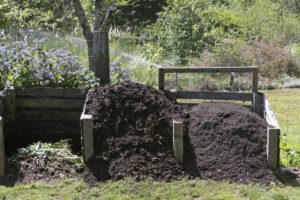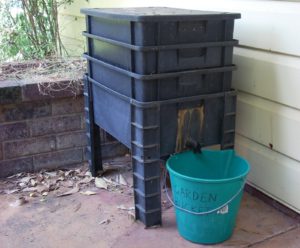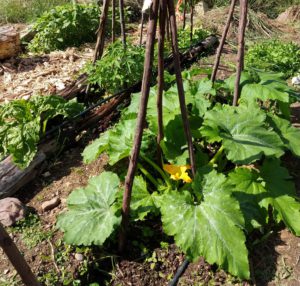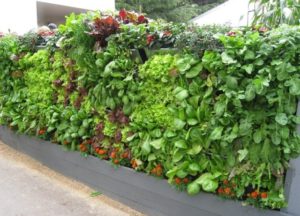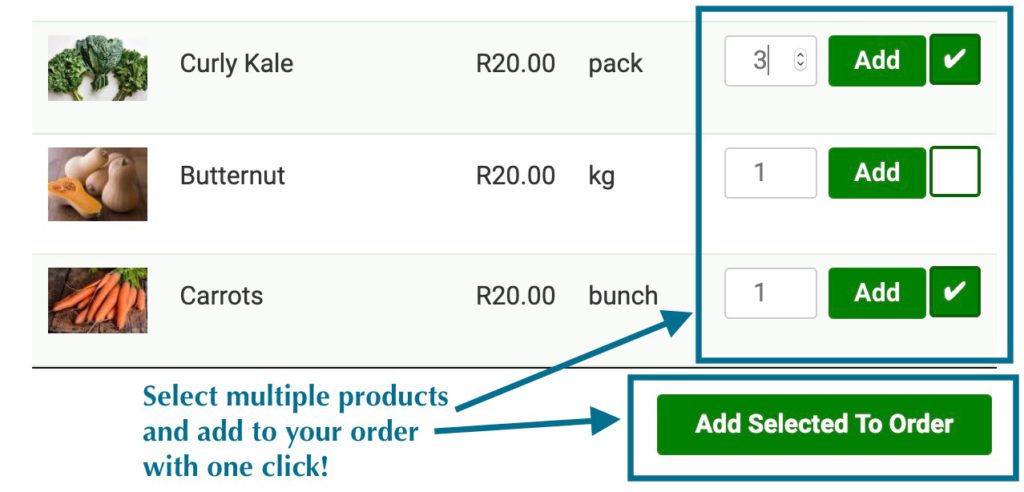Climate change, plastic in the ocean, the loss of old growth & tropical forests – many of the environmental challenges we face are so big that it will take the collective effort of billions of people to solve. But some of these big problems start on a personal or household scale level, and the small ways in which we live can have a big impact on the future of the planet.
We will keep this article updated regularly with submissions from our readers
Install a grey water system
Grey water is produced by showers, basins, laundry & in some instances kitchen sinks.
It is distinct from ‘black’ water which comes from toilets and is usually discharged into municipal sewage or septic tank systems.
People use anywhere from 150 to 500 liters per person per day, which equates into a huge amount of water for an average household. The bulk of this water has been used in showers, baths & laundry and apart from a bit of dirt and soap is perfectly usable by plants once treated in a grey water system.
By making use of your grey water you will be able to grow a lush garden, even in arid climates – and you will help reduce the enormous amount of energy & chemicals that is used in city water-treatment plants.
Compost your food waste or get a worm bin
Methane & other greenhouse gases are produced by food waste that is dumped in landfill. In the absence of oxygen, the tightly compacted food rots, producing toxic gases.
Composting is the correct method for disposing of food leftovers. Uncooked fruits & vegetables, peelings, etc can be composted with general garden waste, but cooked food should be hot composted (thermophylic compost) which destroys pathogens & discourages vermin. To speed up the [rocess you can get a compost worm bin. These worms devour vegetable & other food scraps and provide a steady supply of rich dark compost.
Bokashi or other fermented bran starters also work wonders to speed up & enrich the composting process with beneficial bacteria.
Even if you live in an apartment you can compost or keep worms on a small scale, or team up with your neighbors to set up a community composting scheme using a larger barrel or bin system.
Support farmers markets & stores that offer plastic free options
The greatest part of most peoples trash is plastic packaging from food. Often multiple wrappers are used for soft fruit, such as polystyrene trays, bubble-wrap & cellophane. Supermarket products also often take long journeys to the shelves, flown in from around the world, or trucked on roundabout routes between hubs.
Zero-waste stores are becoming more common, joining farmers markets as the most eco-friendly way to do your grocery shopping. By using glass jars & high quality plastic containers to transport & package goods, single use plastics are eliminated from the supply chain.
Produce is produced locally where possible, reducing carbon miles and supporting local businesses & agriculture.
Vote with your money for the world you want, ask at your local store to stock more unpackaged fruit & vegetables – talk to the manager if you have to! Get active on social media & put pressure on retailers to switch to eco-friendly and plastic free packaging options.
Buy (or build) a composting toilet
Humanure, like manure from animals, is rich in nitrogen and when properly composted, makes for a safe & eco-friendly disposal method for human waste.
There are many different composting toilet designs, from basic bucket systems that can be made at home for a few bucks through to high tech designs that can run into thousands of dollars to buy & install.
A key element of all composting toilets is keeping waste dry and covered to minimize smell & keep flies at bay. Most basic designs rely on quantities of sawdust & wood-shavings to absorb liquids and to use as cover material and some are made with seperator seats that enable liquids & solids to be processed seperately.
Grow your greens
Lets face it, not everyone has green thumbs or is inclined to spend hours weeding & watering vegetable gardens for a few mis-shapen carrots or bug eaten cauliflowers as reward. But what everyone can grow, in any size space – is greens.
Having a home grown supply of spinach, lettuce, pak-choi, rocket, parsley, coriander and other edible leafed plants is one of the best things you can do for your health. Home grown greens can be added to almost any meal and tastes so much better when eaten within minutes of picking. Contrasted to supermarket bought greens which are often packed in plastic, in chemical gases, eaten days after picking – home grown greens are bursting with tase and crunch. Its also a great way to introduce healthy eating habits to children, give your kids a plant pot or small space in the garden to grow some greens, and you may be surprised with how eagerly they eat salad that they have ‘grown themselves’!
Either buy seedlings ready to transplant, or save on money & waste by buying heirloom seeds from your local supplier and grow from seed – then save the seed from these plants to use in the future. Most greens can be grown in close proximity, and picked young as needed.
In hot climates, grow softer leaved greens (lettuce, coriander) in the shade of bigger perennial plants such as Swiss Chard or Kale, to protect leaves from sunburn and discourage early bolting (going to seed).
Within 4 weeks of planting, you should have an endless supply of greens – bon appetit!

